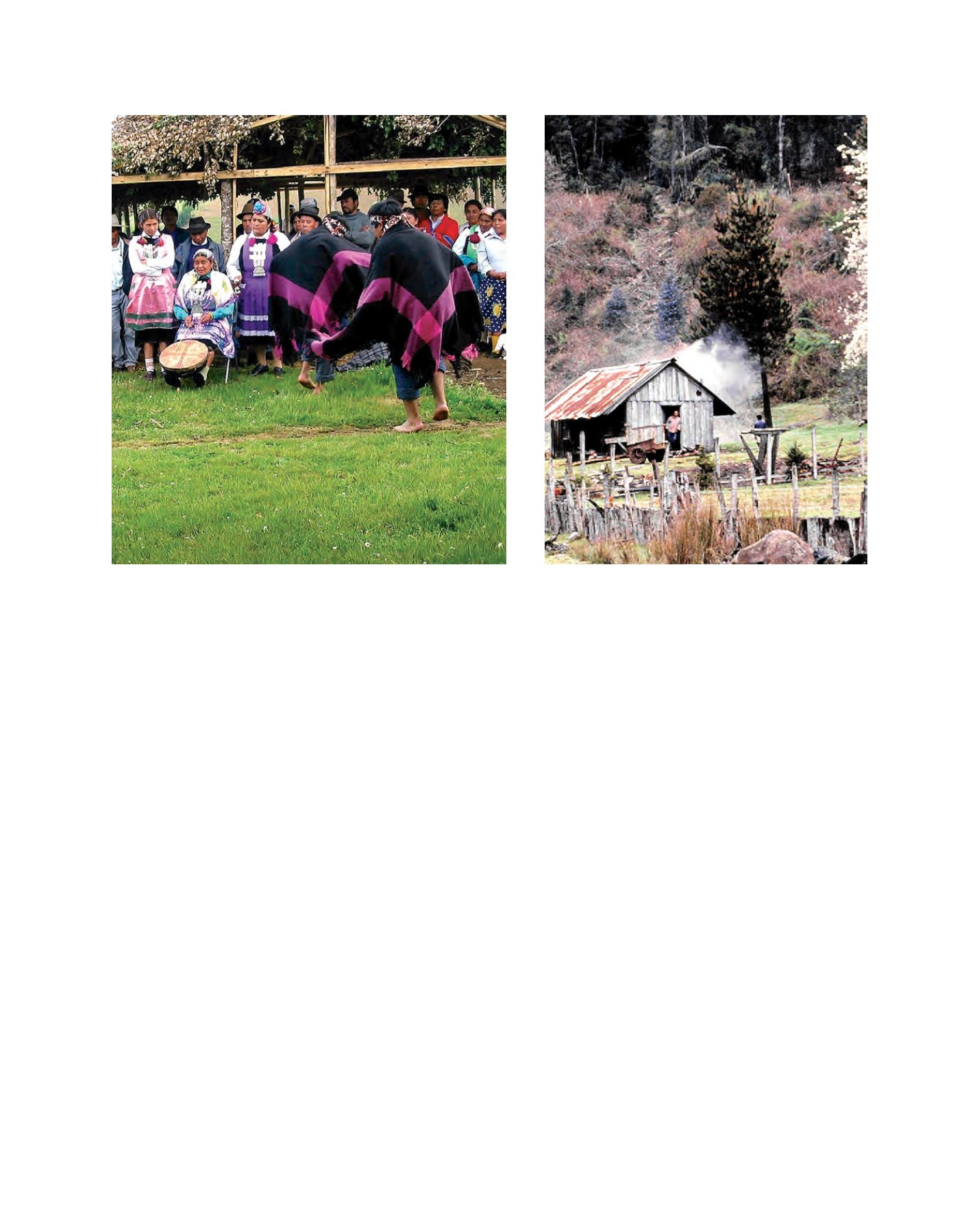

[
] 240
of their plantations, assisting them in the commercialization process
and connecting them with the sector’s public and private support
network. With an annual target of 30,000 hectares for the 2007-2008
season, this programme includes 11 of the 15 political regions of the
country, with private enterprise joining this initiative in some of these
regions. This programme began in 2002 and has resulted in a year-by-
year increase of the managed area, achieving a total of 31,442 hectares
in 2009 and a record figure of 33,469 hectares in 2010.
Sustainable native forest
Similarly, a progressive step for the country, as well as for the
forestry sector, was taken in July 2008 with the implementation
of Law No. 20283, on Recovery of the Native Forest and Forest
Promotion. The law had a particular focus benefiting small land-
owners who, according to CONAF estimates, own approximately
3.5 million hectares of the resource.
This same body of laws created the ‘Native Forest Research Fund’,
whose purpose is to promote and increase knowledge in matters related
to native forestry ecosystems, including their regulation, preservation,
protection, increase and recovery. The avenues of research are defined
by the Ministry of Agriculture with the participation of an Advisory
Council in which the different interests with regard to the native forest
are represented.
Furthermore, several initiatives associated with the adequate
care of forests have been carried out with international coopera-
tion, prominent among them being the Technical Cooperation
Project (TCP) with FAO – ‘Technical assistance for the recovery
and revitalisation of temperate forests in Chile, with emphasis on
the
Nothofagus
deciduous species’ – carried out by CONAF between
2007 and 2009.
In initiatives of this type it is considered that
Chile has around seven million hectares open to be
converted into productive resources, more than half
of them being in the hands of small and medium-sized
landowners (approximately 100,000 families). For the
rural and indigenous communities in Chile, this large
area of native forest represents an important source
of generational resources, owing to the gathering and
processing of non-wood forest products, involving
close to 200,000 people (mainly unqualified labour)
and generating exports amounting to US$14 million
a year.
Indigenous communities
The importance that the Chilean State attributes to
indigenous communities is reflected in numerous
initiatives undertaken by the Ministry of Agriculture,
through the activities of CONAF.
The support of these communities in their develop-
ment, as well as in maintenance of their own identity
and culture, constitutes the basis for the actions
carried out by those responsible for the CONAF
Programme for Indigenous Peoples (CONAF-
Orígenes), where it has been shown that working
together with these communities on the conservation
of ecosystems is a way to ensure that the traditions of
the indigenous peoples are not lost.
Phase I of the CONAF-Orígenes programme
included interaction with 300 Aymará, Atacameño
Quechua and Mapuche communities, with close to
Traditional Mapuche ceremony of homage to the land
Settler’s house in the Malleco National Reserve, Araucanía Region
Image: CONAF
Image: CONAF
















